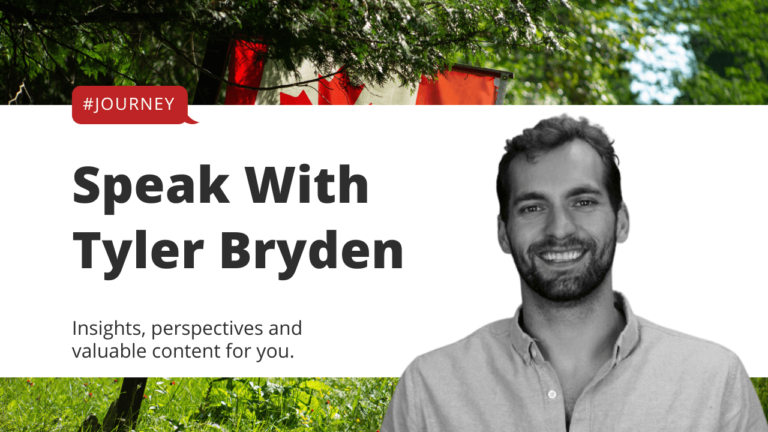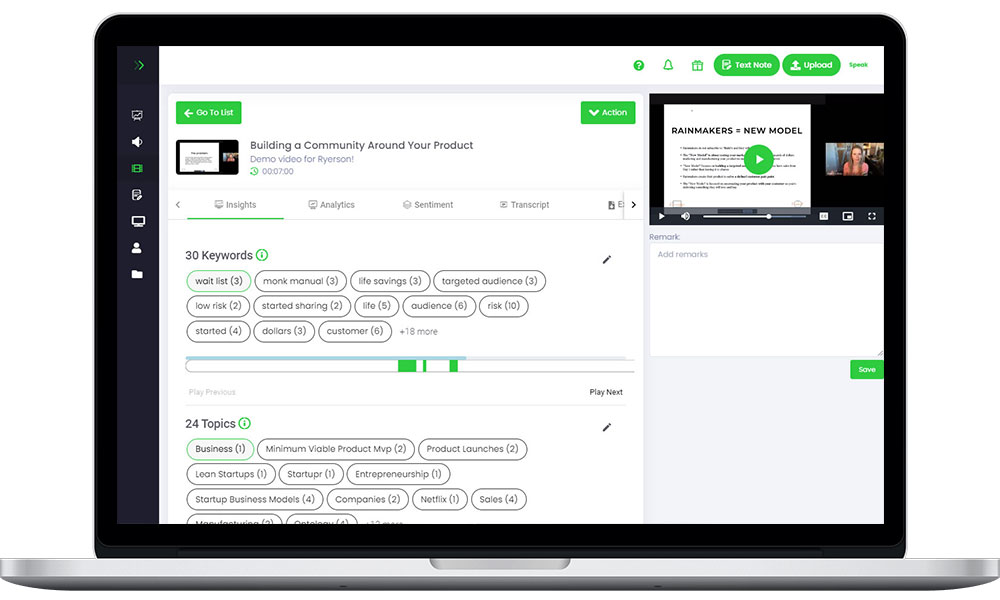In this post, I share how to improve your product’s free trial conversion rate using tactics from my personal experience at Speak Ai.
Enable Personalization
Software-as-a-service (SaaS) businesses sometimes get caught up in the standardization of their plans. While decreasing the complexity of account setups is a great ambition, sometimes I feel that the drive for three plans and if you don’t like them then go away is unfounded.
For myself, I clung to standardized plans for too long thinking that is what investors would want to see. The truth revealed to me is that when you are customer-obsessed and let your customers personalize your offering to your needs you both win. When you both win, you create value and drive revenue. Guess what? That is what investors want. As a note, optimizing for what I thought an investor wants has often served me poorly and been counterintuitive to building a diversified valuable customer base.
People are different. Organizations are different. They have different needs at different times. And, in a hyper-competitive, saturated world where alternatives are only a Google search away, if you don’t satisfy their needs, even more so, delight your customers, you will not be successful.
I’d like to put some numbers to this, but since our team at Speak AI has given users the ability to do something as submit a form to let us know what they need, we have seen a significant increase in our free trial to paid conversion rates.
This enablement has grown revenue. What I’ve been excited about is that at the end of the personalization, our customers have been grateful. They walk away (digitally of course) knowing they got a great deal and we do too. We’ve built a relationship and trust during that period.
The idea and implementation of enabling personalized to improve our product’s free trial conversion rate was quick. We had seen a lower free trial to paid conversion rate in a month and knew we needed to make a shift. We quickly put up a website page on Speak called “Create your own personalized plan“, shared it in an update email and embedded it in our onboarding experience.
Instantly, we saw people that had written us off as a solution submit the form, reigniting conversations and opening up the opportunity for a win-win.
The process was simple and as of typing this still as. We are trying to improve upon it rapidly while maintaining the real human connection which points to the true magic of this all: make people feel special.
Simple Personalization Implementation:
Customer submits personalized plan details on Jotform
Receive email
Create a plan in Google Doc
Export to PDF
Organize PDF to remove all pages but the final page (title with their personal name)
Upload PDF to Docsend and create a new link
Create an email (copy and paste the most recent version and update the expiry date if applicable)
Send initial email
Follow up 3 to 5 days later with a reminder
Follow up on expiry date with offers to extend 7 more days
There are certainly challenges with this:
Challenges
Losing track of personalized plans and their expiry date
Confusion on who has subscribed (we have accidentally messaged someone who had already paid)
A somewhat complex process of setting up plans in our database
Users remaining in our normal Intercom flow and getting free trial expiry emails even if we are having a conversation
If we scale up marketing successfully we will be unable to handle the volume
Already sometimes missing Jotforms (for example on weekends) and taking two days to respond
Some plans are only like $15 a month and it’s quite a bit of time to do this process
Manual calculations on our comparison table for yearly/monthly costs and discounts
Discounts
In this process, we do give discounts from our standard plans. However, every plan has been profitable (some much more than our standard plans).
One of the parts of this process I advocate for and believe has made it successful is a comparison table that shows the standard plan that matches the requirements the prospective customer puts in their Jotform submission.
We then show a monthly and annual personalized plan which they can select from (giving a prospective customer choice but not too many choices at this stage seems important).
We explicitly highlight the discount they are receiving. When laid out properly, it is obvious they are getting a great deal. Excitedly, because of that, we’ve seen several customers choose the annual plan and pay that upfront. Previously, before giving the option to personalize, people seemed to find investing in our platform risky and would almost always opt for a monthly plan.
Valuable Product Tours
I specify product tours with the word valuable because I know there is some backlash against tours and that you should be making your product so intuitive you don’t need them.
I don’t claim to be a great product designer and we have a fairly complex product that enables some net-new patterns in users’ lives, so to date, we’ve found product tours highly helpful.
We’re still not doing enough to review, personalize and optimize our tours but it’s a good start that has contributed to smoother onboarding experiences and people converting to paid subscription plans.
Human Communication
There is still some testing to do on this, but overall, we’ve found that when we communicate with empathy and as people instead of robots, whether through email, live chat or in calls, people view that as an important differentiator.
Respond Quickly
We have seen the difference in outcomes when we respond quickly versus slowly. People want to know that their needs will be taken care of promptly. Different situations create different timelines.
When you have a first-time visitor to your website page and they send a live chat you better get back quickly or you may never see them again.
When you have a good relationship with a customer and are dealing with larger, complex tasks communicating through email, 24 hours is a great timeline to adhere to. 48 is good and 72 feels like a lifetime.
Remove Freemium Offerings
Another tough judgement that took too long to make. We thought by having freemium we were stopping friction on sign-ups and then letting people have a beautiful journey of application self-discovery.
The problem is that we didn’t help that journey of discovery at all, had a ton of friction points in the application, and created a scenario where there were no timelines that incentivize testing, use and the selection of paid subscriptions.
Freemium sounds great in theory, but if you look at benchmarks, often has abysmal conversion rates meaning that you will need a lot of people to sign up for your app to get the conversions and revenue you need.
Resources
5 Tactics to Increase Trial to Paid Conversion Rate With Userpilot
How to Improve SaaS Free Trial Conversion Rates – Insivia
Improve Free Trial Conversion Rates by Getting to Know Your Customers
Top 5 Ways to Increase Free Trial Conversions & Revenue
8 Proven Strategies for Converting Free Trial Users to Paying Customers | Databox Blog
How to Convert Free Trial Users – Conversion Tips
5 Ways to Increase The Free Trial Conversion Rate



